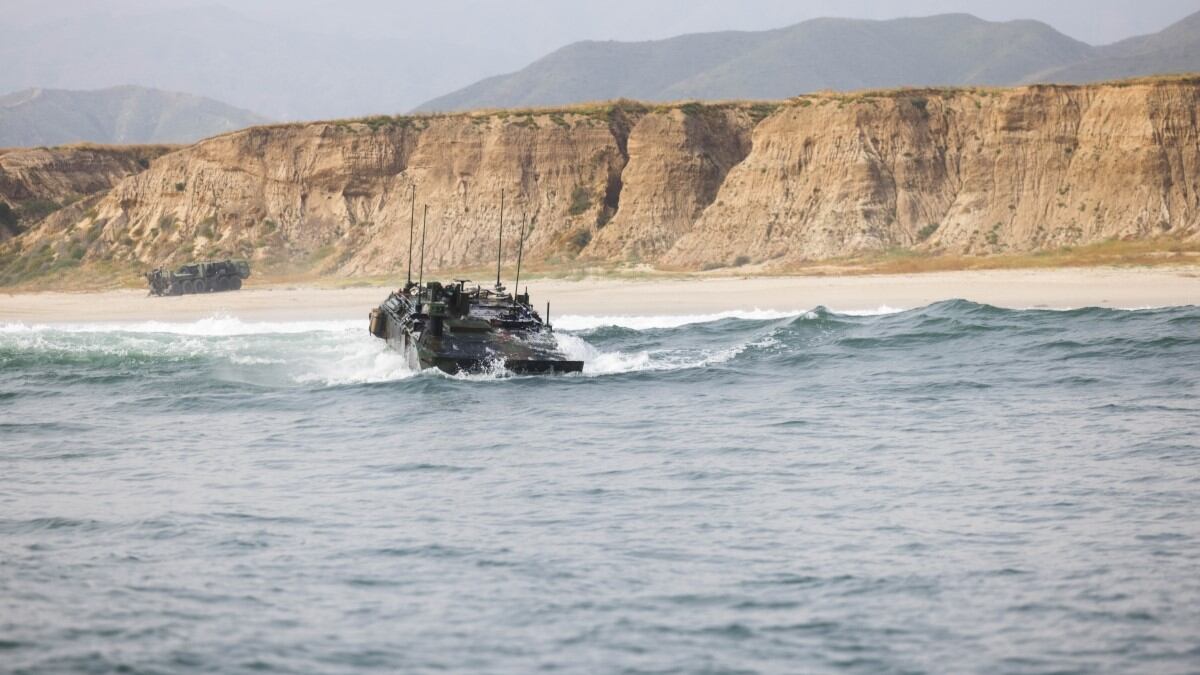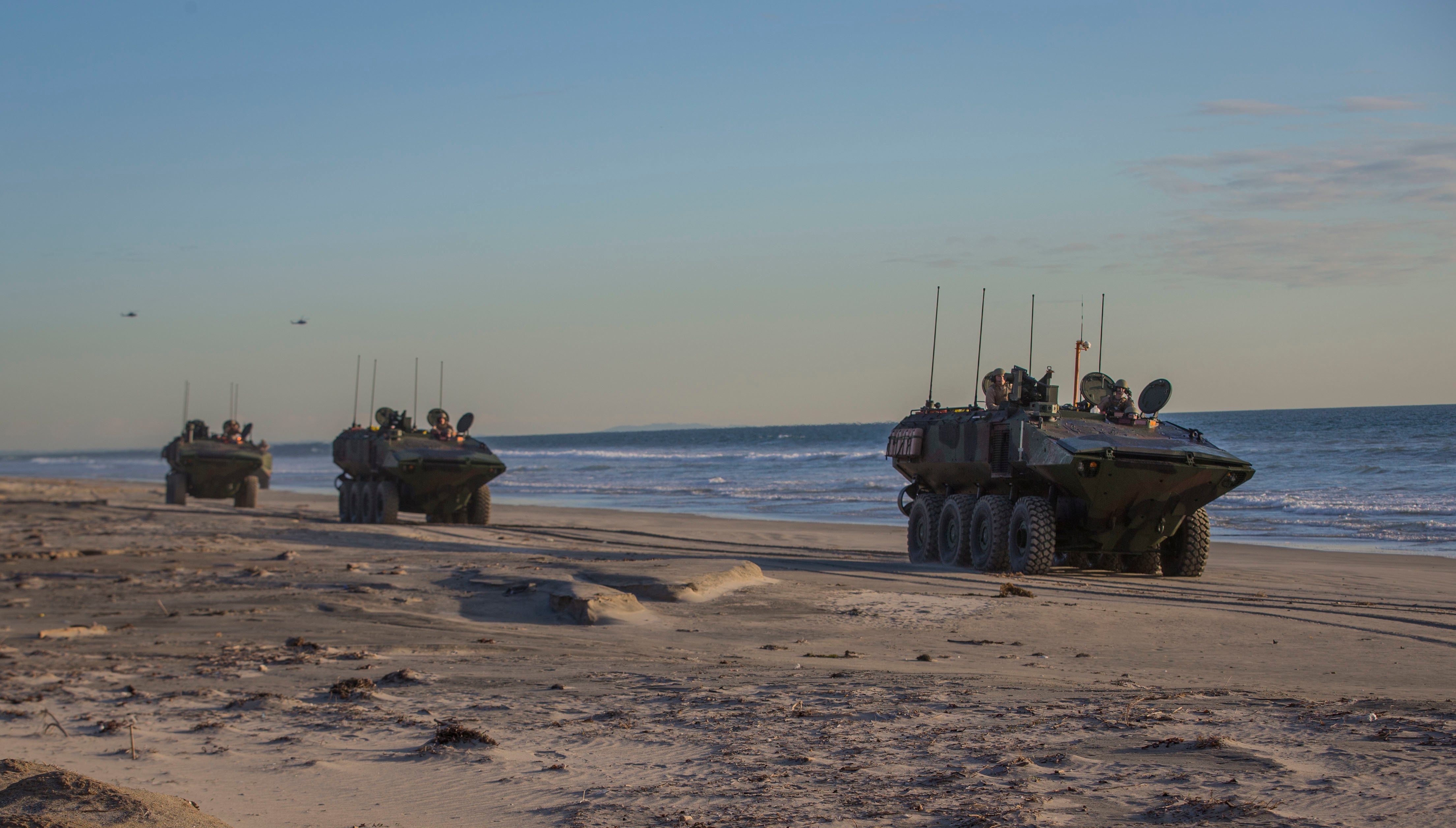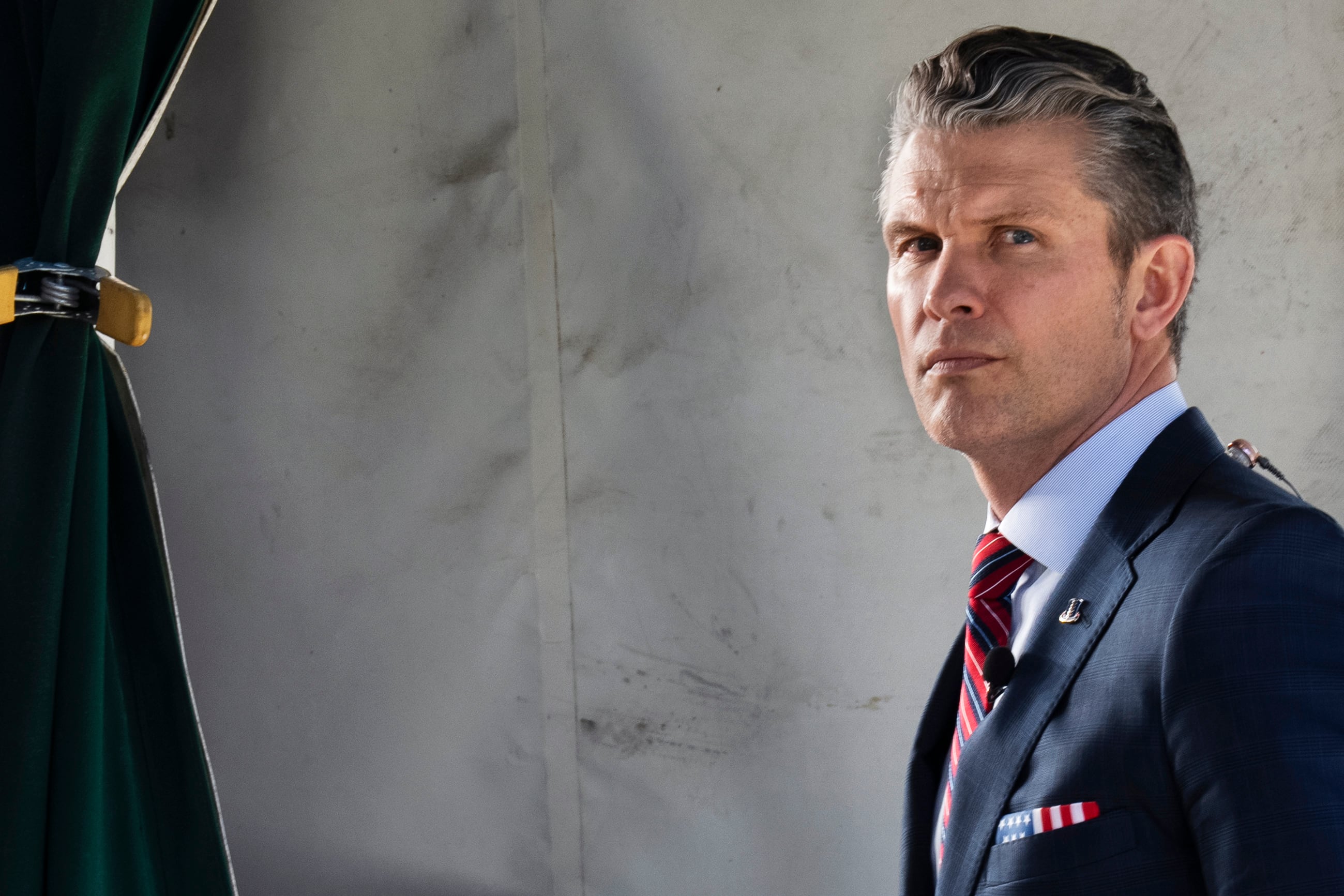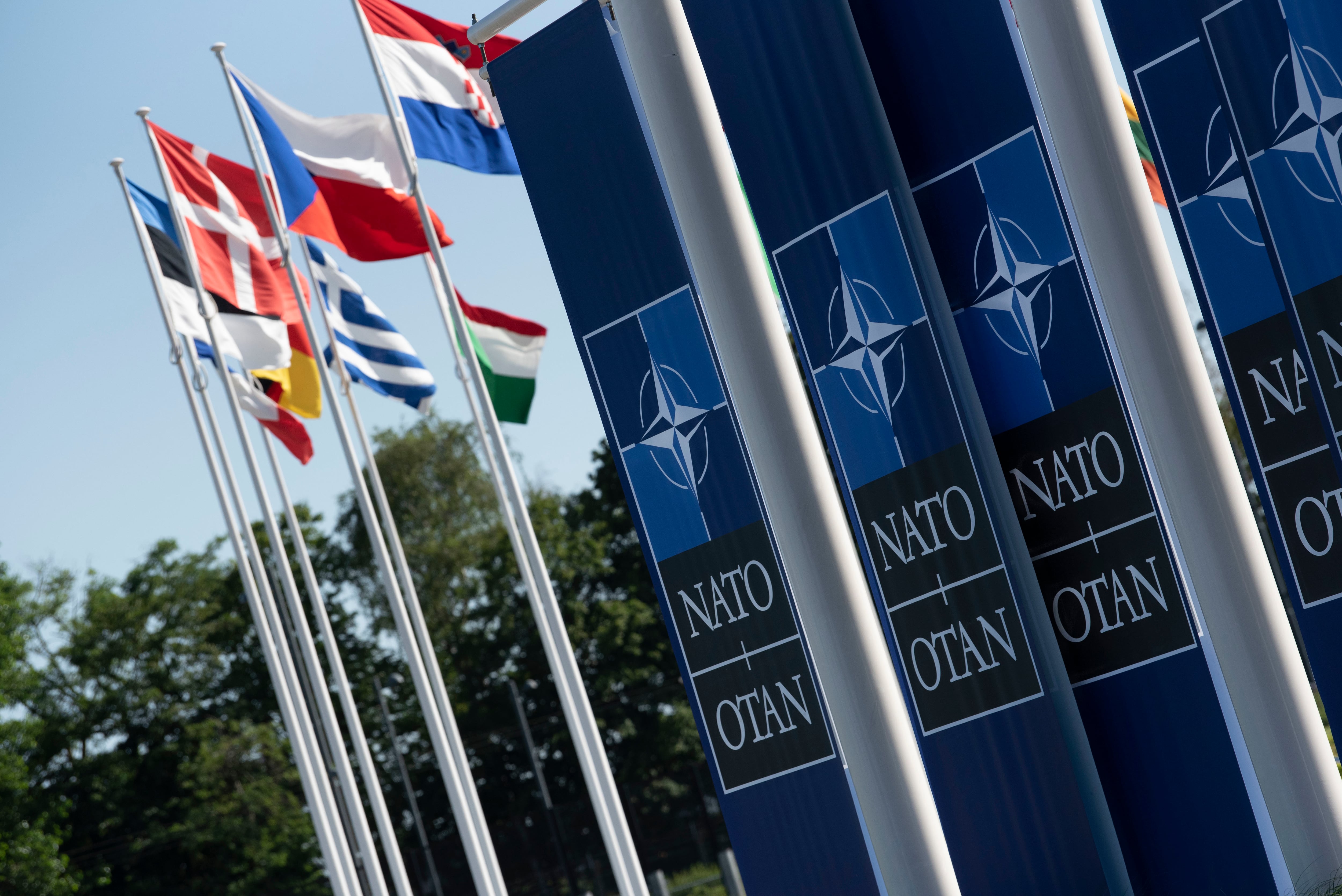Marines on Okinawa, Japan, have received their first batch of amphibious combat vehicles ― the Corps’ upgrade for the assault amphibious vehicle that has been in service since the Vietnam-era.
III Marine Expeditionary Force received the shipment of amphibious combat vehicles at Naha Military Port on Saturday, according to a Marine press release.
“Upgrading our fleet with amphibious combat vehicles capable of supporting sea denial and maritime operations will further bolster our ability to support deterrence efforts and respond to contingencies in the Indo-Pacific,” Lt. Gen. Roger Turner, III MEF commanding general, said in the press release.
Those vehicles will head to Camp Schwab on the north end of the island.
RELATED

The first overseas employment of the amphibious combat vehicle took place in early May, when the 15th Marine Expeditionary Unit conducted a live-fire, waterborne gunnery range exercise in Oyster Bay, Philippines, during the annual Balikatan exercise with that partner nation.
Section leaders within the amphibious combat vehicle platoon, Alpha Company, Battalion Landing Team 1/5, used the coordinated simultaneous fires of all their section’s weapons while afloat against targets ashore.
Teams fired 40 mm training rounds that marked targets with orange chalk on impact instead of high explosive rounds due to the location.
The amphibious combat vehicle is a next-generation, eight-wheeled vehicle designed to move Marines from ship to shore, according to the Marine Corps. It will be the primary tactical mobility for the Marine infantry battalion at sea and ashore, replacing the assault amphibious vehicle.
The assault amphibious vehicle uses tracks instead of wheels is smaller and has a flatter hull.
The new vehicle can carry three crew members with 13 Marines and two days of combat load, according to a report issued in May by the Congressional Research Service.
Col. Tim Hough first announced in early May that a dozen amphibious combat vehicles would arrive at 4th Marine Regiment in Okinawa, Japan, this summer. Hough serves as the Corps’ program manager for advanced amphibious assault.

“That’s important because now we’ll be in distinct geographical locations,” Hough said.
The move comes as the service prepared in recent years to handle challenges of having the amphibious combat vehicles spread out globally for the first time.
BAE Systems, the vehicle manufacturer, has fielded 184 vehicles to the Corps since fielding began in late 2020.
But those have been housed at the Assault Amphibian School and 3rd Assault Amphibian Battalion at Camp Pendleton, California.
Following multiple rollovers in 2022 the Corps temporarily pulled the vehicles from operations in the surf zone. The rollovers did not result in any reported injuries and the service later determined they were a result of insufficient training on differences between the new vehicle and its predecessor.
Initial requirements for the amphibious combat vehicle were conceived in 2014. The service selected BAE Systems to produce the vehicle in mid-2018. Fielding began in late 2020.
The Marine Corps reduced its initial request of funding to procure 108 vehicles for fiscal year 2025 due to spending caps down to 80 vehicles, according to the Congressional Research Service report.
The command-and-control-focused variant reached initial operating capability this summer. The Corps expects the variant with a 30-mm cannon will reach initial operational capability in 2026, officials said.
Todd South has written about crime, courts, government and the military for multiple publications since 2004 and was named a 2014 Pulitzer finalist for a co-written project on witness intimidation. Todd is a Marine veteran of the Iraq War.










